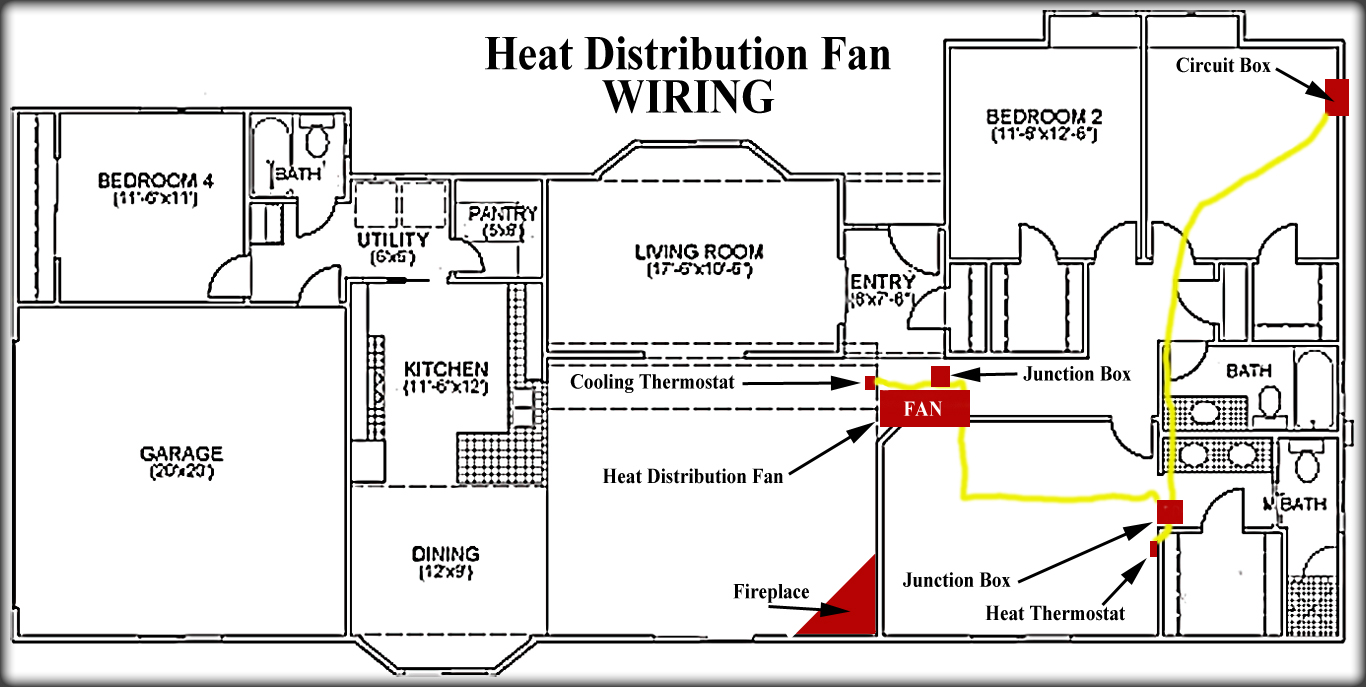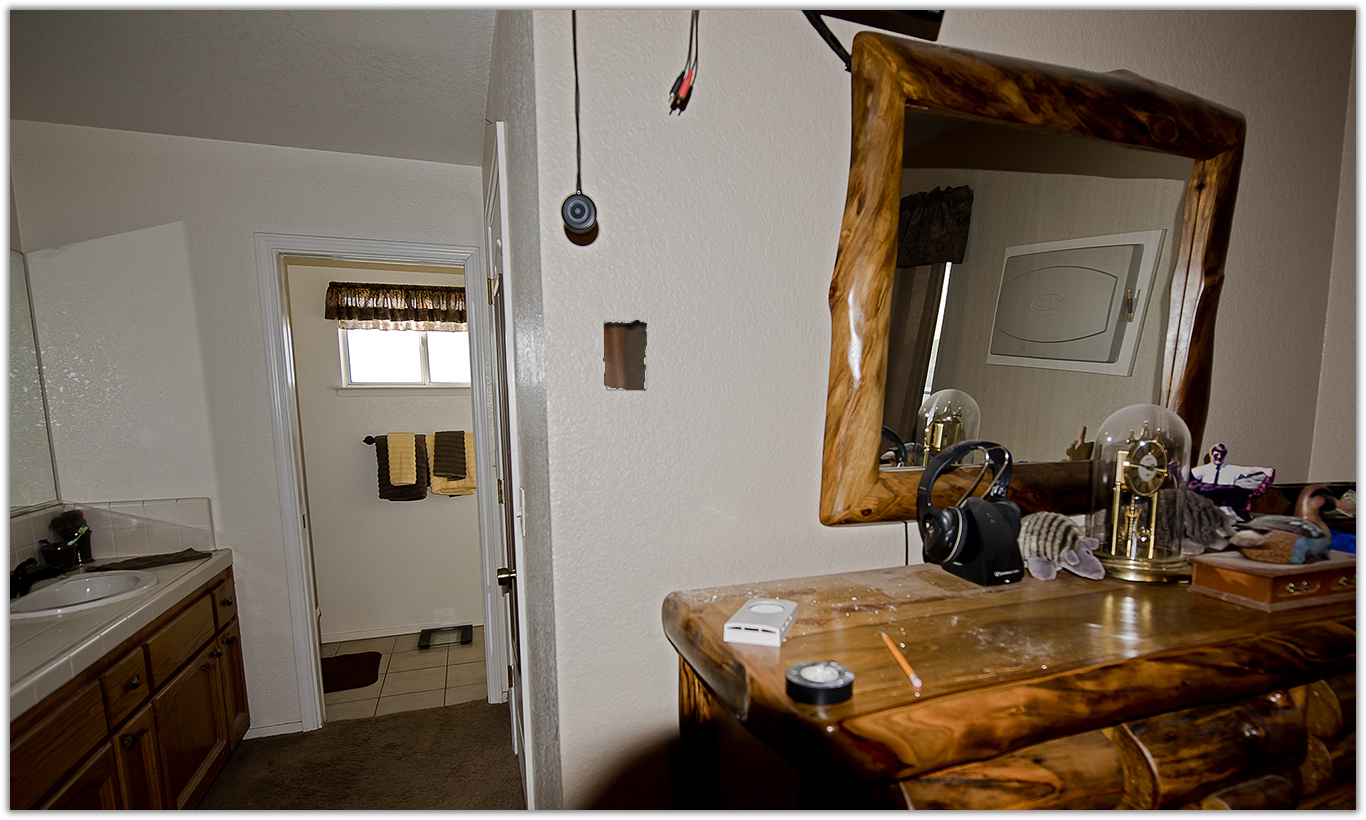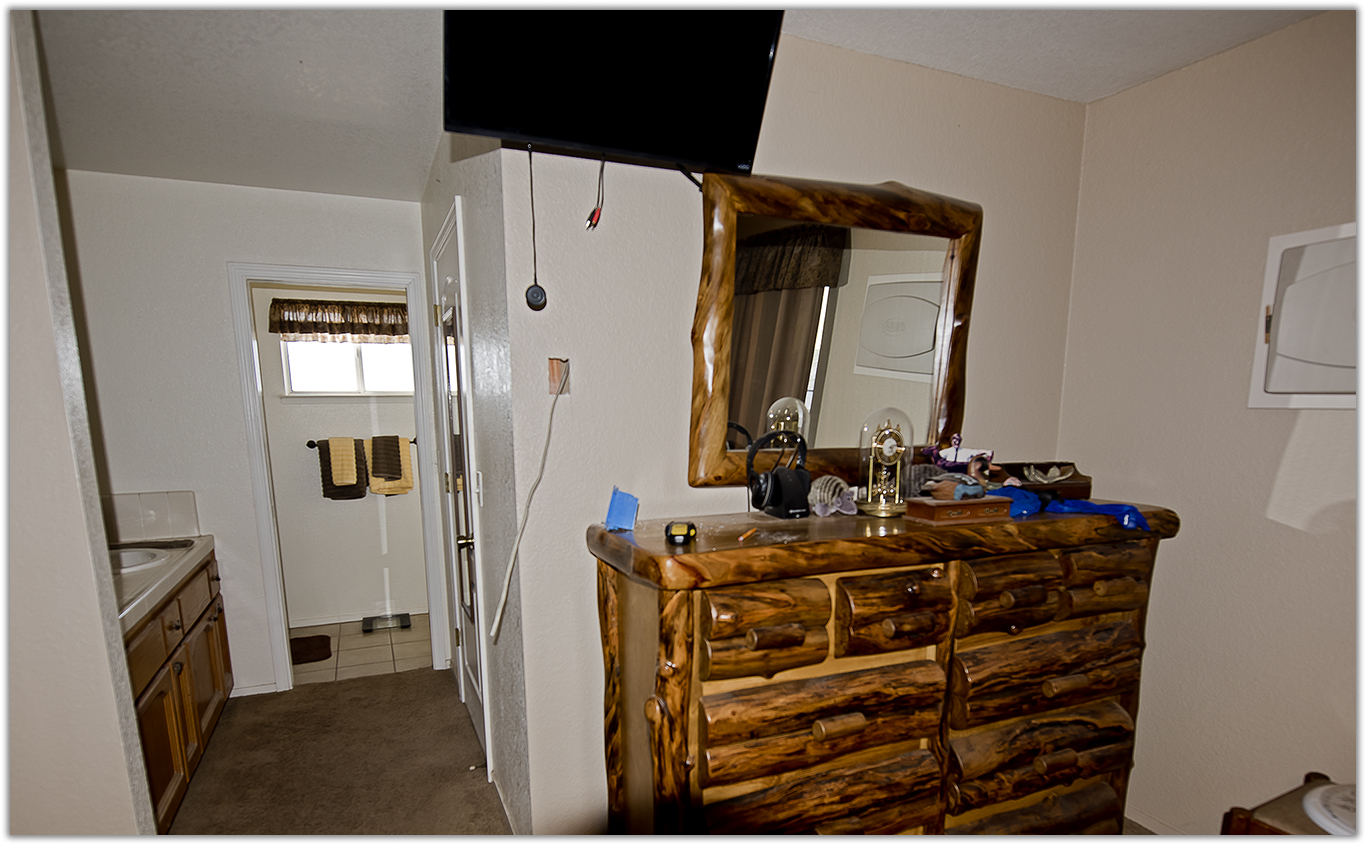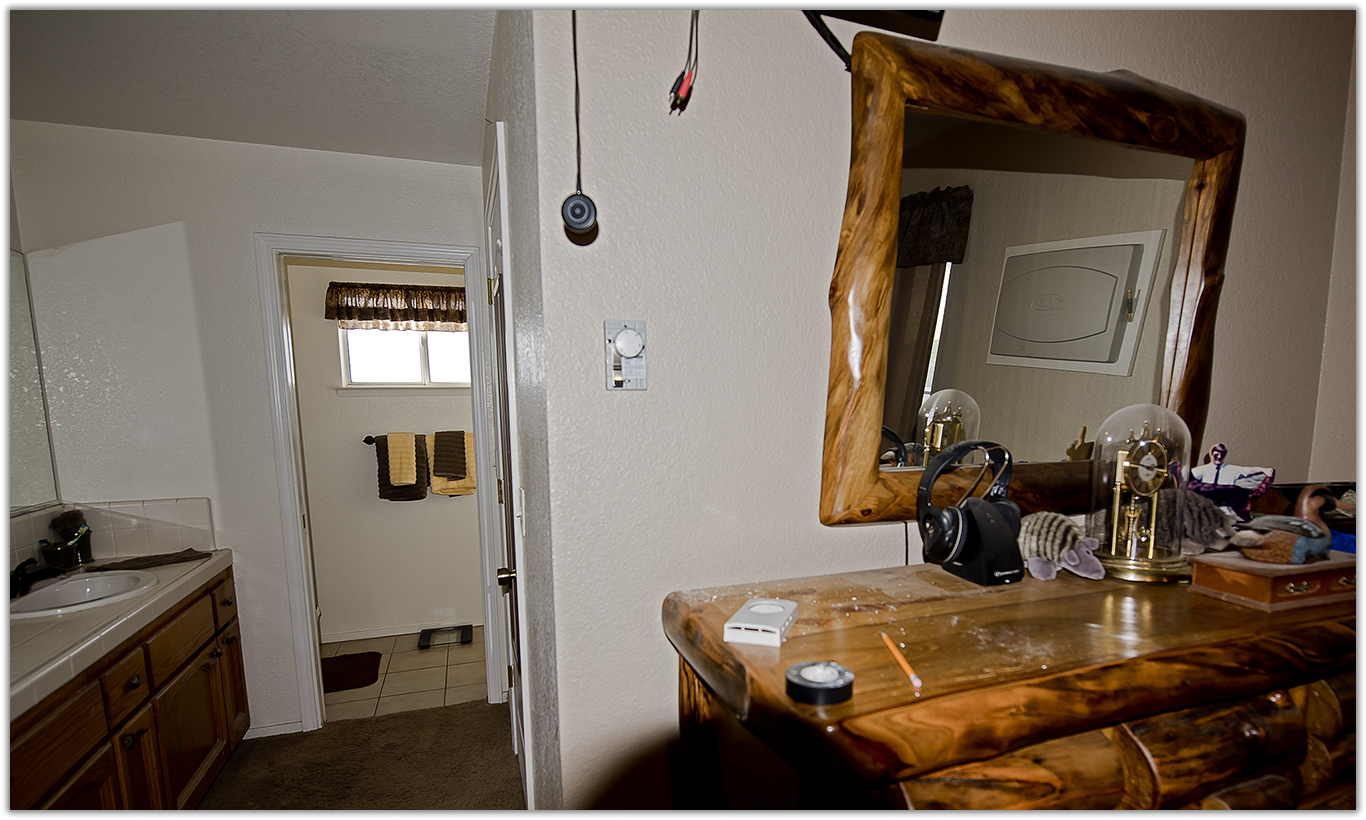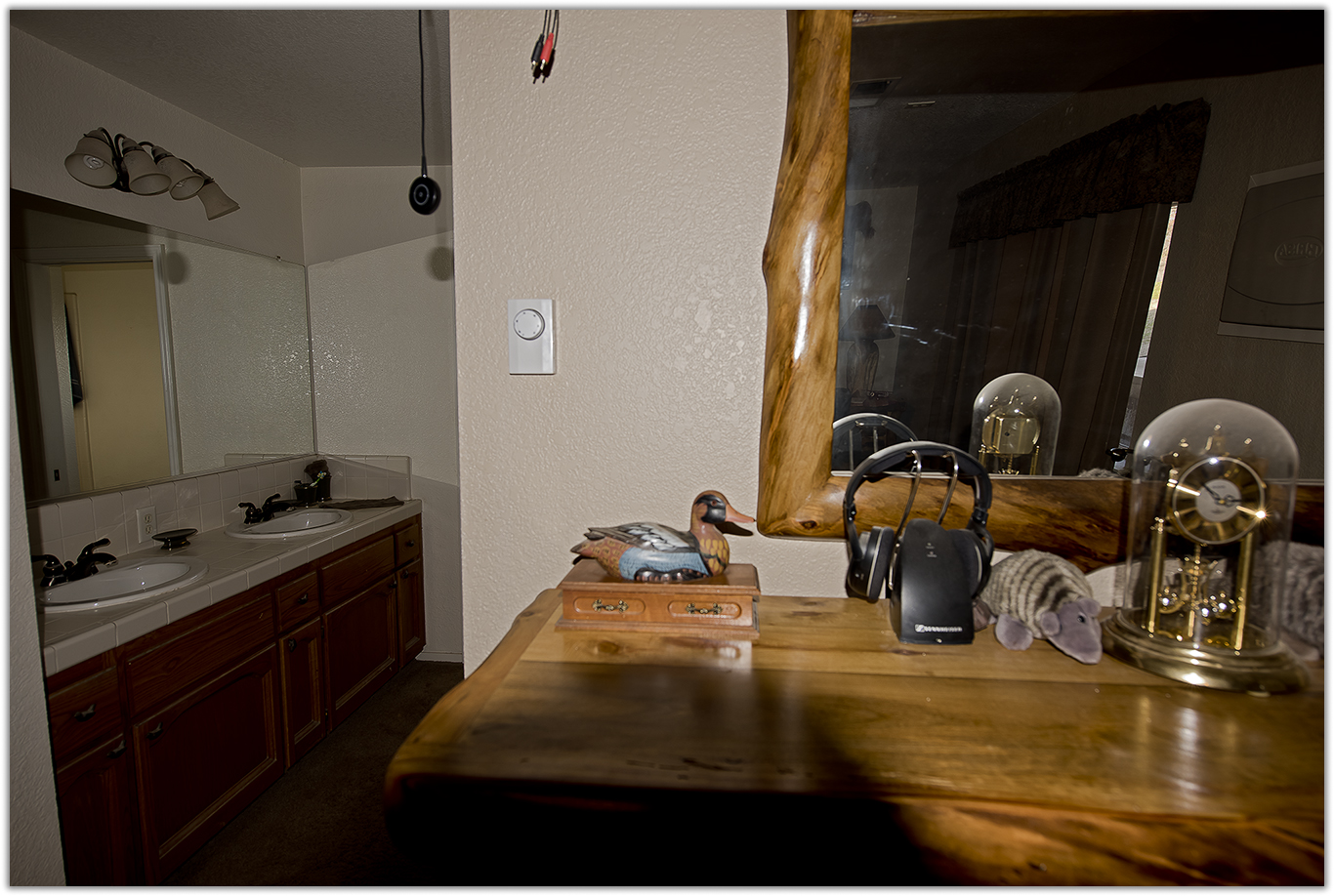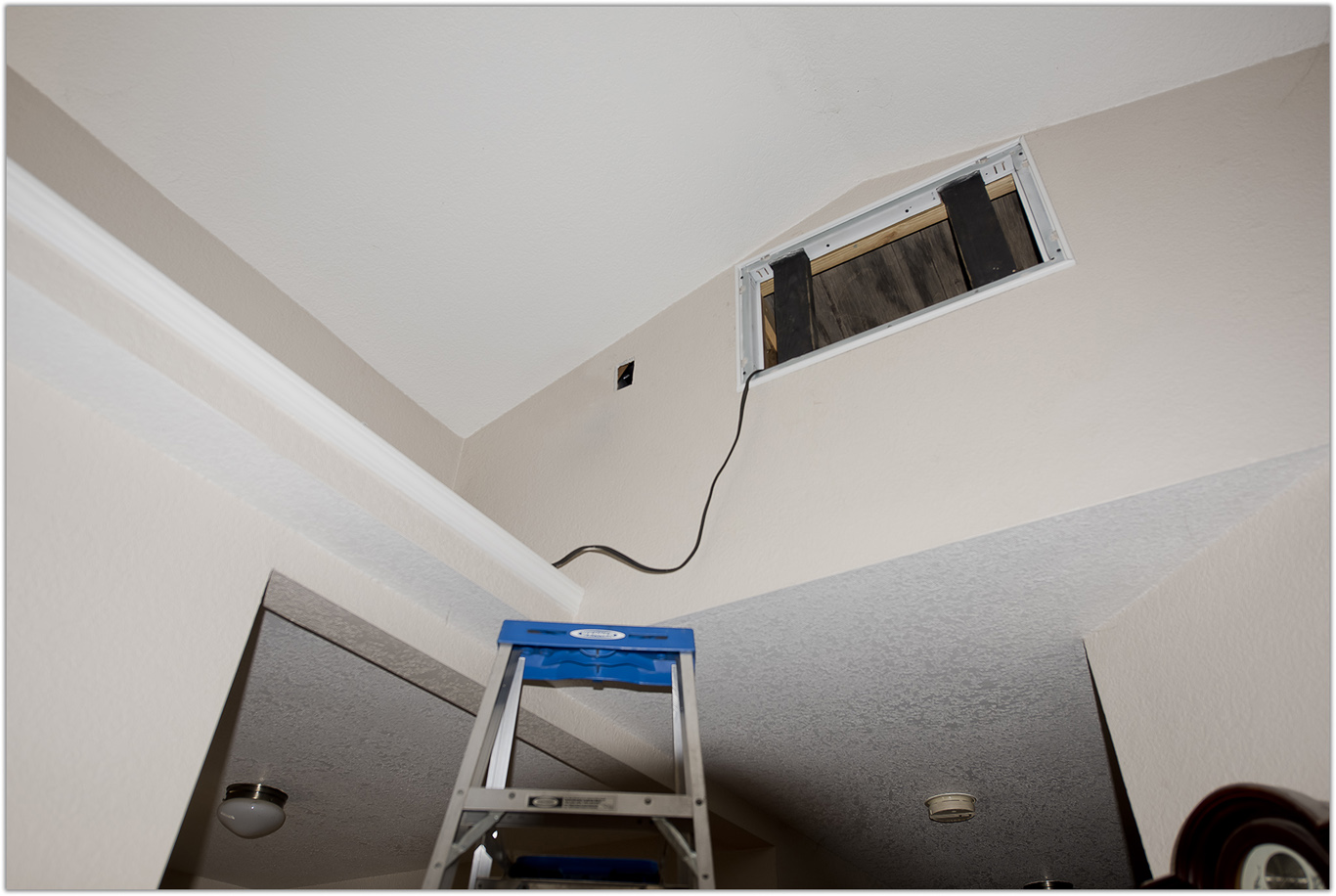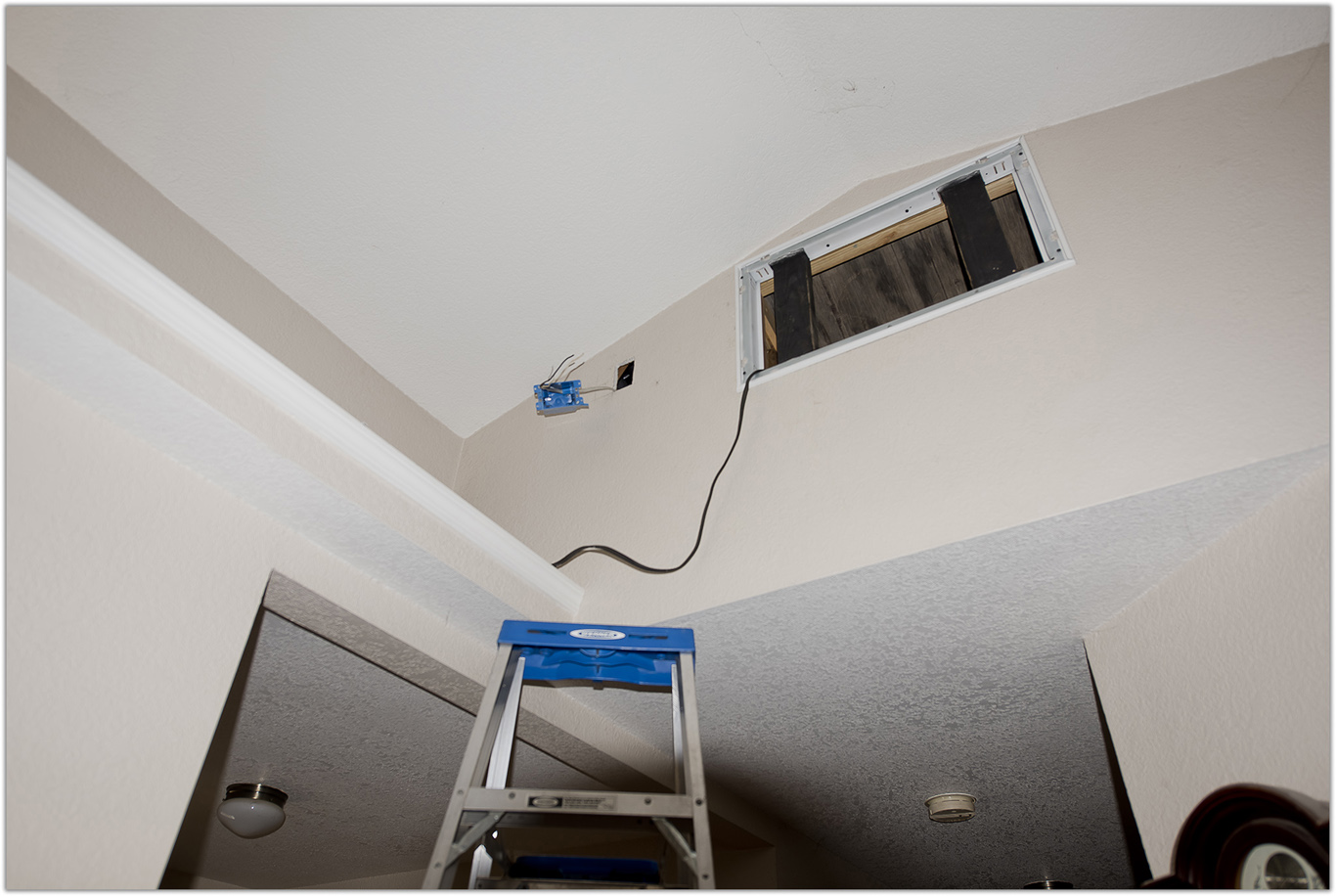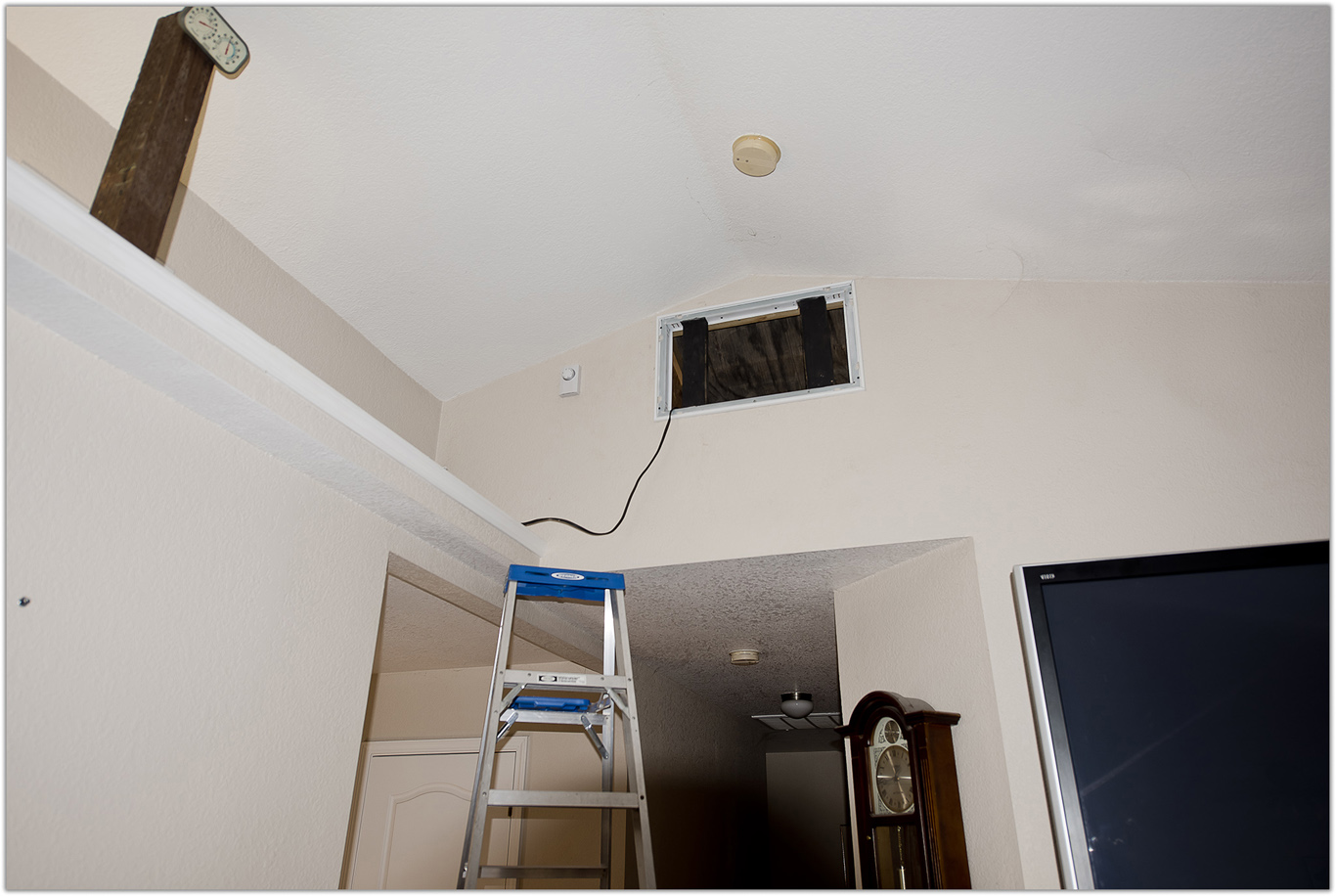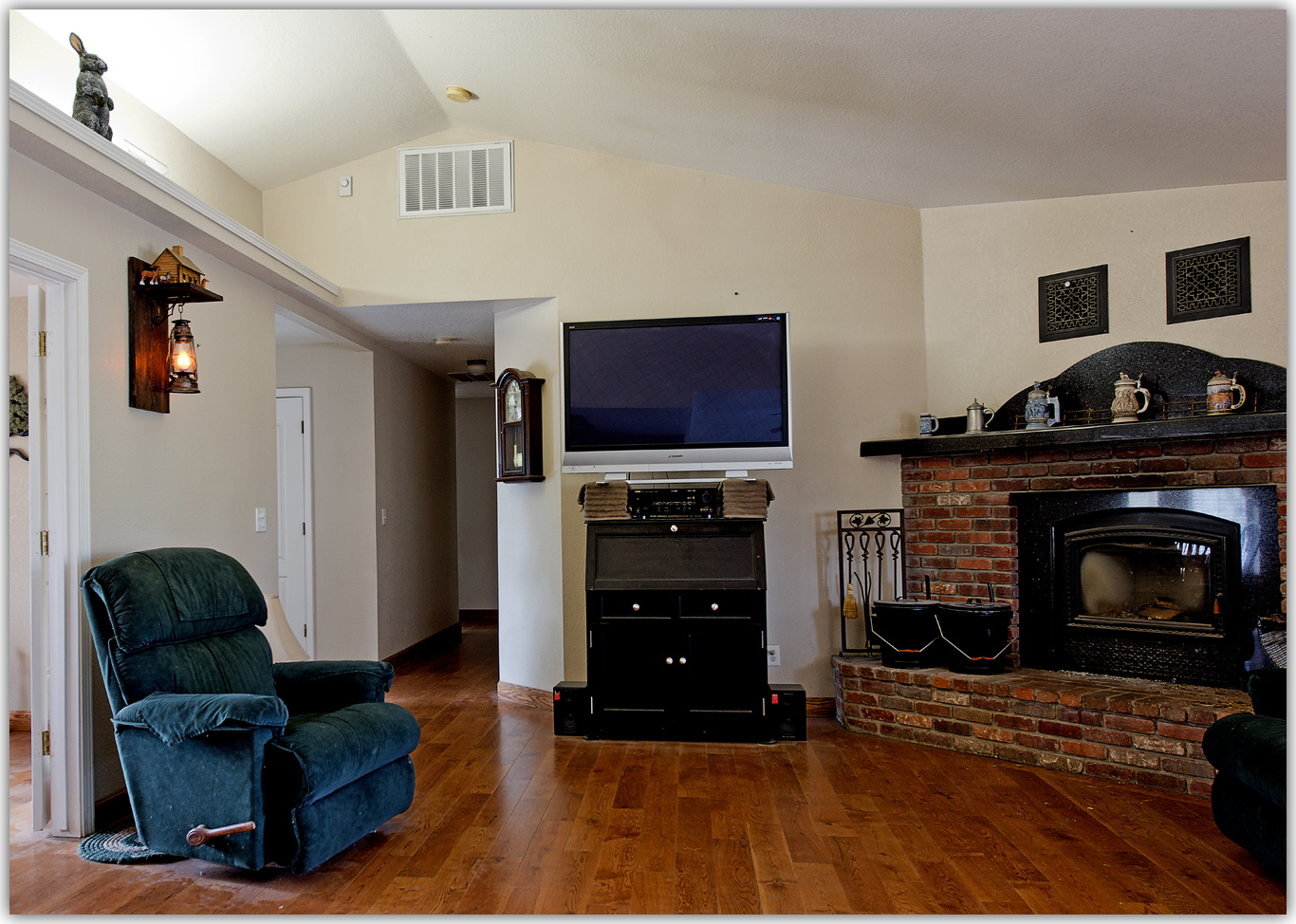

|
Heat Distribution System
Step 7 Wiring About the Photo Sequence
The wiring was a challenge until I learned about a thermostat called a "Line Voltage Thermostat". The full 15 amps goes through the unit and is switched ON or OFF based on your settings. Here's the design:
- Power from the circuit box goes to the bedroom HEATER THERMOSTAT. It turns ON when it's too cold and needs heat. In other words, don't turn on unless you need heat in the bedroom. - Then power goes to the living room COOLING THERMOSTAT. It turns on when it gets hot. As if to trigger an air conditioner. In other words, don't turn on unless there's heat to deliver. Without the cooling thermostat, the system would run all night pumping cold air. Heat must be available. This documents the wiring, the final step. |
Photo Details
This photo sequence contains 9 frames. Each landscape frame is a finite 1366 pixels wide but height was left to its own based on the crop. I based the picture size on an email program's display window asuming that the picture would not be automatically resized to fit. This technique kept the file size down, the largest being 746k making it easy to send and receive through email. All photos were taken with a Nikon D810.
Download Photo Project
|
|---|
